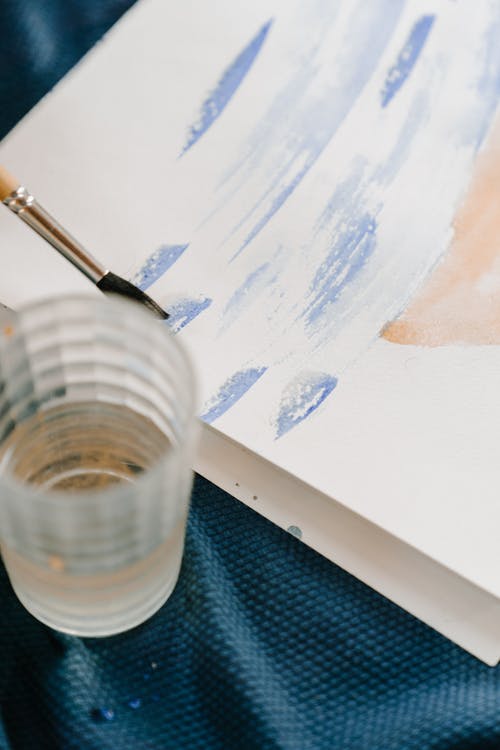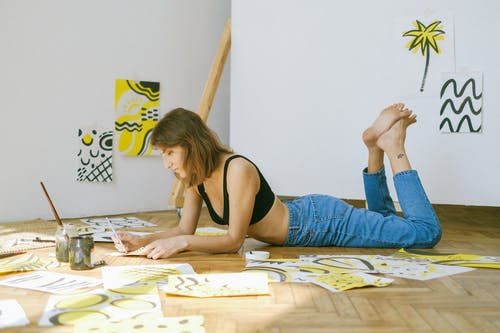According to The Olive Prime, art therapy is a mental health profession in which clients, facilitated by the art therapist, use art media, the creative process, and the resulting artwork to explore their feelings.
To also reconcile emotional conflicts, foster self-awareness, manage behavior and addictions and develop social skills.
In art therapy, the main goal is to improve people’s well-being, so they can function more effectively. Also, an individual can benefit from it if it helps improve or restore their functioning.
There are many settings in which art therapy is used, including educational, medical, and rehabilitation ones, as well as private practices and mental health clinics.
Now to the question; how does art therapy work? In art therapy, materials and techniques are used to stimulate sensory responses and generate emotional imagery.

The process allows one to relive emotions in a way that allows them to organize their feelings and tell a story about a traumatic experience. Communication is possible once this occurs by emerging words.
Furthermore, it is the role of the art therapist ultimately to assist the client in gaining insight, self-awareness, and new coping strategies that enhance the quality of life and functioning. Also, in an art therapy session, an individual is likely to do some exercises such as
- Sculpting
- Doodling
- Drawing
- Painting
- Clay works
- Collage Making etc.
Although these exercises take place under the guidance of an art therapist, the art therapist should be able to see the individual’s unfiltered responses. Understanding these responses can enhance mental health and well-being.
During the art therapy session, the individual and their art therapist will discuss the artwork and explore which objects, people, and images are included and excluded.
Art therapy addresses the issues of people with conditions such as depression, autism, dementia, also people with significant health challenges like cancer and traumatic brain injuries.
